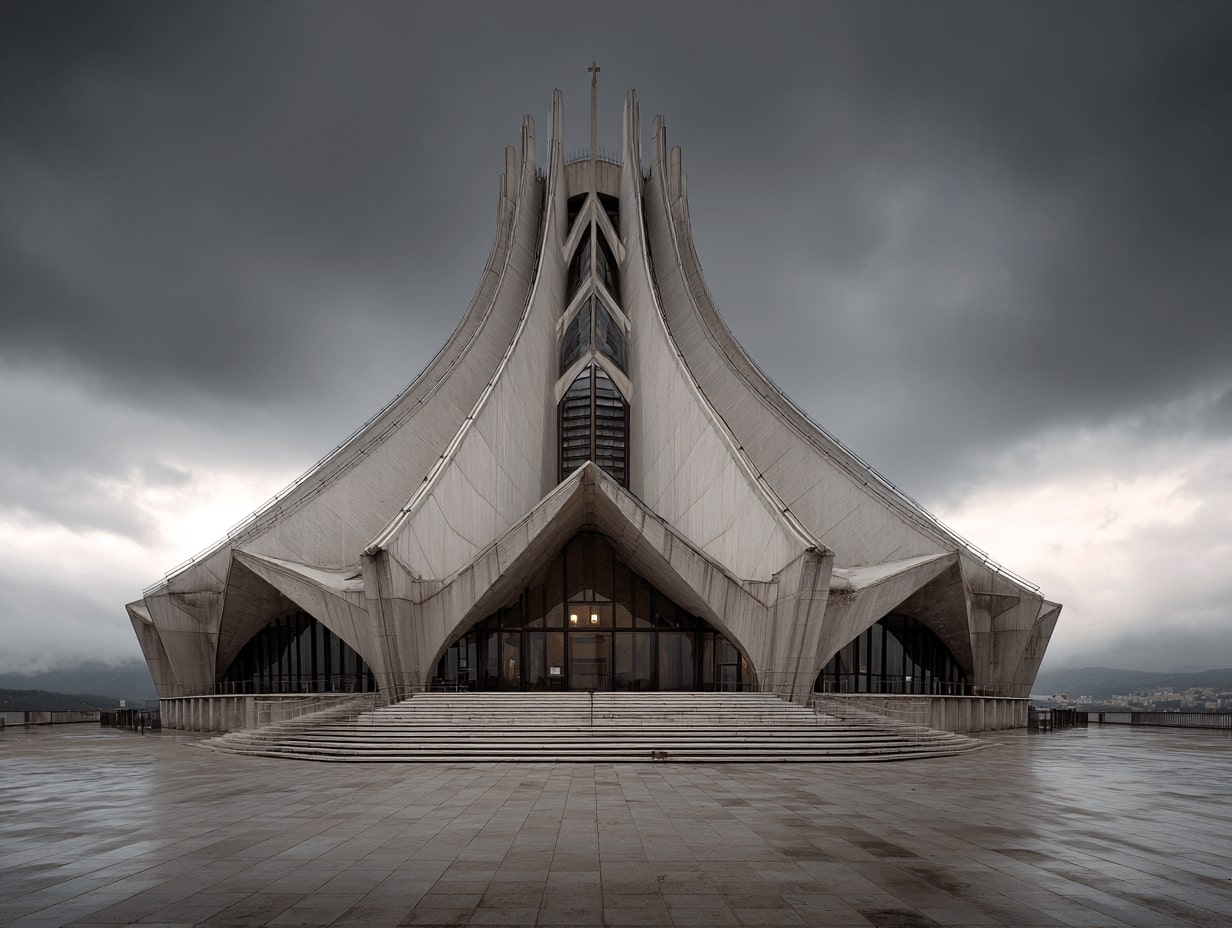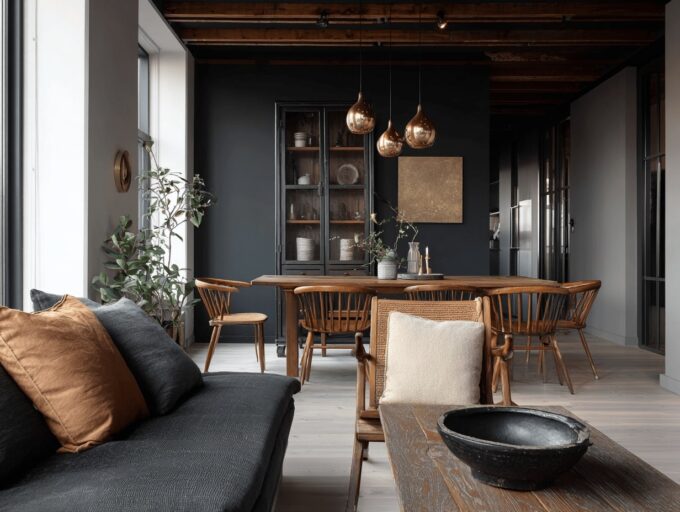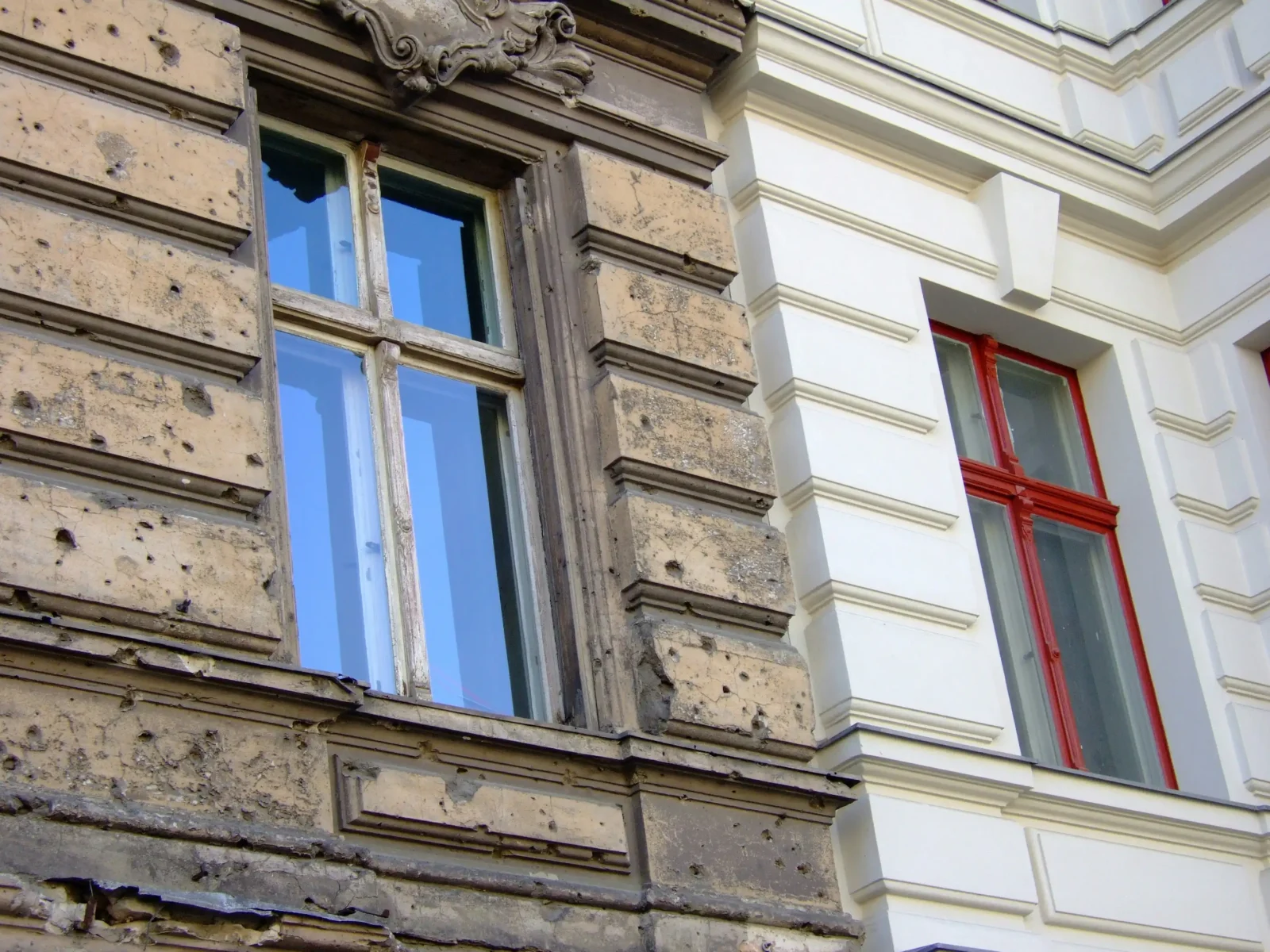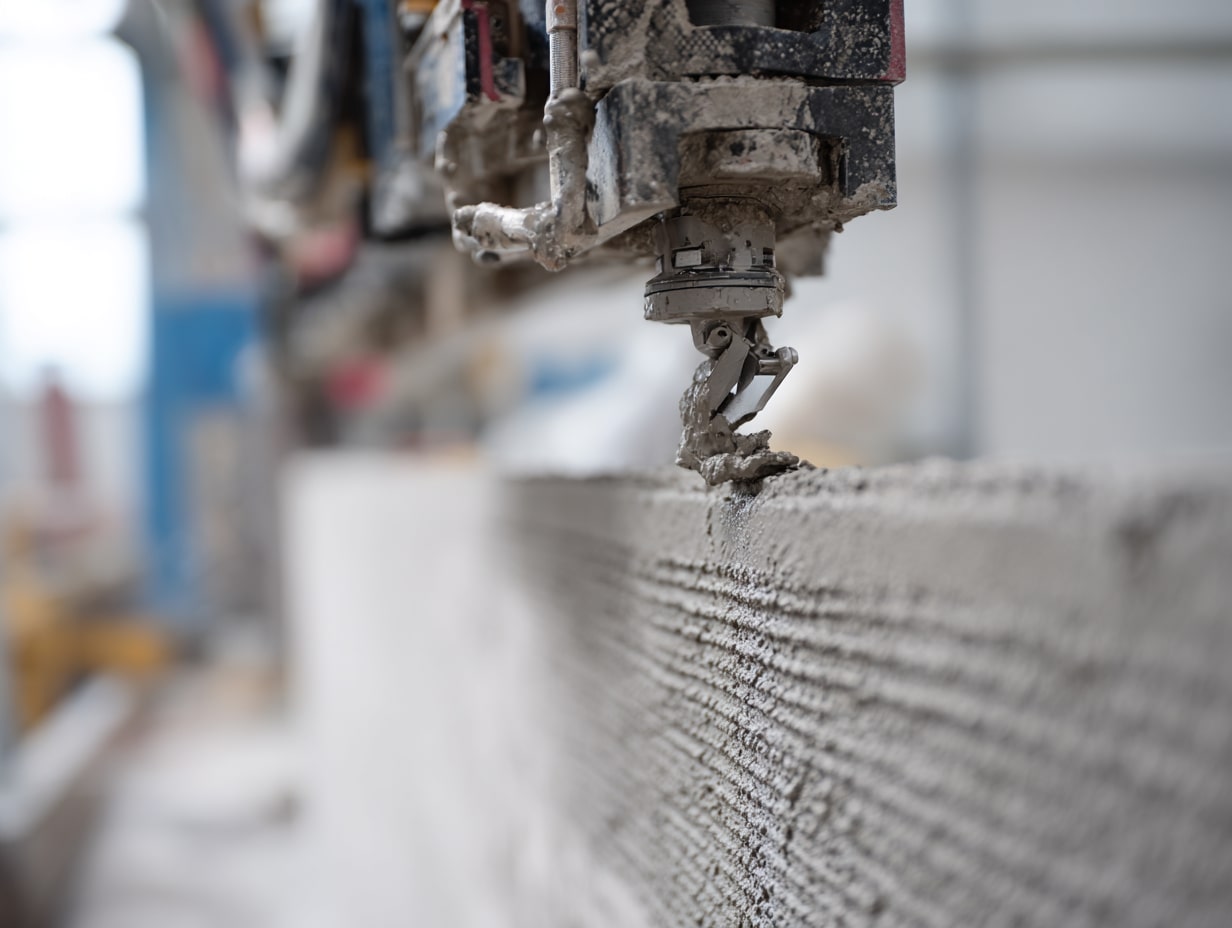- Home
- Articles
- Architectural Portfolio
- Architectral Presentation
- Inspirational Stories
- Architecture News
- Visualization
- BIM Industry
- Facade Design
- Parametric Design
- Career
- Landscape Architecture
- Construction
- Artificial Intelligence
- Sketching
- Design Softwares
- Diagrams
- Writing
- Architectural Tips
- Sustainability
- Courses
- Concept
- Technology
- History & Heritage
- Future of Architecture
- Guides & How-To
- Art & Culture
- Projects
- Interior Design
- Competitions
- Jobs
- Store
- Tools
- More
- Home
- Articles
- Architectural Portfolio
- Architectral Presentation
- Inspirational Stories
- Architecture News
- Visualization
- BIM Industry
- Facade Design
- Parametric Design
- Career
- Landscape Architecture
- Construction
- Artificial Intelligence
- Sketching
- Design Softwares
- Diagrams
- Writing
- Architectural Tips
- Sustainability
- Courses
- Concept
- Technology
- History & Heritage
- Future of Architecture
- Guides & How-To
- Art & Culture
- Projects
- Interior Design
- Competitions
- Jobs
- Store
- Tools
- More
Gothic Modernism: Spookiest Buildings That Haunt Our Imagination
Gothic Modernism decoded: explore 7 spooky modernist landmarks worldwide, why they unsettle us, where to find them, and when to visit for crowd-free, moody shots.

Gothic Modernism sounds like a contradiction until you stand beneath a concrete spire, feel the weight of shadowed air, and realize the future can be as eerie as any medieval nave. In this guide to Gothic Modernism: Spookiest Buildings, we explore why certain modernist landmarks unsettle us, in the best way, and where to find them around the world. We’ll also share how to experience their uncanny beauty without the crowds.
Table of Contents
ToggleWhat Is Gothic Modernism?
Gothic Modernism is the strange kinship between medieval Gothic’s spiritual drama and modernism’s stripped‑back rigor. Think of the Gothic appetite for verticality, skeletal structures, and otherworldly light, then swap stained glass for alabaster or translucent marble, flying buttresses for concrete shells, and ornament for pure geometry. The mood remains: awe bordering on dread.

In contemporary practice, we still see the same instincts, height, void, chiaroscuro, just distilled. For example, Tadao Ando’s Church of the Light slices daylight like a blade: Peter Zumthor’s Bruder Klaus Field Chapel uses rough concrete and darkness to evoke a primal sanctum. These aren’t Gothic in style, but they channel Gothic feeling with modern means. That frisson, the sense that a building knows something we don’t, is the essence of Gothic Modernism.
Why These Buildings Feel Uncanny
Verticality And Void
We’re wired to react to height and emptiness. Needlelike towers, cavernous atria, and sudden drops stretch our sense of scale. Modernists engineered vast spans and knife‑edge profiles that mimic Gothic lift. When mass thins into sky, our bodies register risk and wonder at once.

Light, Shadow, And Liminal Glow
Gothic cathedrals mediated heaven with color. Modernists often do it with diffusion: alabaster, onyx, or thin marble that turns sun into a milky haze. Edges blur, corners dissolve, and we enter a liminal glow where time feels suspended. It’s cinematic, but it also trips our survival instincts, what’s moving in the dark?
Material Gravitas And Texture
Raw concrete, bush‑hammered stone, weathered bronze, these materials read as heavy, permanent, almost sepulchral. Texture catches raking light, deepening shadows and complicating surfaces. The result is tactile and grave: a building that feels like it was poured from night itself.
The Spookiest Icons Around The World
Cathedral Of Brasília, Brazil
Oscar Niemeyer’s hyperbolic crown of 16 concrete ribs rises from a sunken plaza like a skeletal hand. Inside, filtered light floods the space while the glazed perimeter keeps the horizon close yet unreachable. At dusk, the structure hovers between sculpture and apparition.

Church Of Saint-Pierre, Firminy, France
Designed by Le Corbusier and completed decades after his death, Saint‑Pierre is a Brutalist mountain with punctured constellations of light. The sloping interior funnels attention upward: the acoustics swallow sound. It feels like a bunker for the soul.
Beinecke Rare Book And Manuscript Library, USA
Gordon Bunshaft’s temple to knowledge at Yale is a windowless box wrapped in translucent Vermont marble. Sunlight seeps through like moonlight at noon, bathing books in an underwater calm. The floating glass core seems to levitate, uncanny is an understatement.
Barbican Estate, UK
The Barbican’s elevated walks, looming towers, and concrete strata form an urban labyrinth. It’s beautiful and a touch dystopian, especially on misty mornings when sound bounces in weird directions. Think Gothic cloister meets postwar megastructure.
Salk Institute, USA
Louis Kahn’s twin monoliths frame a razor‑straight rill that draws the eye to the Pacific. At golden hour, the travertine bleeds warm, the void between blocks becomes sacred, and silence takes over. It’s a monastery for science, with nerves of stone.
Liverpool Metropolitan Cathedral, UK
Frederick Gibberd’s circular cathedral rises with radial ribs and a lantern crown. Inside, colored light bleeds down concrete like stained glass reimagined for a storm age. The plan is modern: the atmosphere is medieval: a tent for the numinous.
Habitat 67, Canada
Moshe Safdie’s stacked boxes assemble into a cliff‑side village. Seen from the river, it reads as a ruin from the future: within, bridges and voids create suspenseful reveals. It’s domesticity with a cinematic shiver, home as maze.
How To Experience Them Without The Crowds
Best Times And Weather For Atmosphere
We aim for the shoulder hours, sunrise for quiet bones, sunset for long shadows. Overcast days amplify texture and deepen the mood: fog turns concrete into myth. After rain, surfaces darken and reflections double the drama.

Respect, Access, And Safety
Many of these sites are active institutions or residences. We keep voices low, follow posted rules, and avoid tripods where prohibited. In estates and elevated walkways, watch edges and mind lighting conditions, those moody shadows can hide steps.
Photography Tips For Moody Shots
Expose for highlights to protect that liminal glow, then lift shadows in post. Use leading lines, rills, ribs, ribs, and rails, to pull the eye. A 24–35mm lens captures scale without cartooning perspective: a longer focal length flattens planes for graphic calm.
From Cathedrals To Concrete: A Brief Lineage
Gothic DNA In Modernist Structure
Pointed arches were smart engineering before they were style: they redistributed load to soar higher. Modernists inherited that structural honesty, thin shells, cantilevers, and ribbed slabs show how forces flow. When the skeleton speaks, the space feels alive, and a little haunted.

Spiritual Awe Without Ornament
Where Gothic piled on iconography, modernists pursued presence. Scale, proportion, and light became the message. Kahn’s “silence and light,” Niemeyer’s curves, Bunshaft’s marble veil, different vocabularies, same pursuit: spiritual intensity via minimal means.
Conclusion
Gothic Modernism isn’t a style so much as a sensation: height tugging at the gut, light turning solid, materials that feel geologic. When we seek out these buildings, at the right hour, with patience, we get that rare mix of fear and awe. And we carry it home, a quiet echo, like footfalls fading in a long concrete nave.
- architectural horror stories
- chilling architecture
- creepy modern buildings
- dark modern architecture
- eerie architectural styles
- famous spooky buildings
- ghostly building designs
- gothic architecture features
- gothic inspired modernism
- gothic modern design elements
- gothic modernism architecture
- gothic revival architecture
- haunted architecture examples
- haunted architecture tours
- haunted buildings
- hauntingly beautiful buildings
- modern gothic design
- scary building designs
- spooky architectural landmarks
- spooky modern buildings
Submit your architectural projects
Follow these steps for submission your project. Submission FormLatest Posts
How Much Time Does It Take to Install Impact-Resistant Windows and Doors
Introduction Upgrading your home’s windows and doors can feel like a big...
How to Furnish Your New Home in 24 Hours (Without Picking Up a Screwdriver)
The keys have been handed over. The lease is signed. You are...
3D Printed Homes: Time, Cost, and What to Expect
3D printed homes explained: realistic timelines (24–72h walls, 8–16 weeks total), true...
How a Contact Centre Boosts Trust in Your Building Business
In construction, trust is the glue that holds projects together. Clients need...












Leave a comment